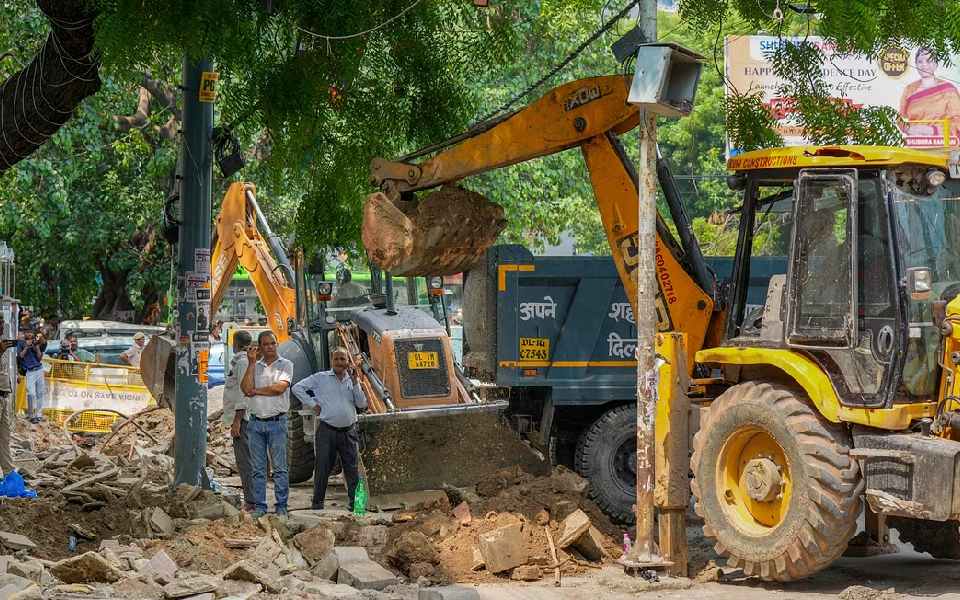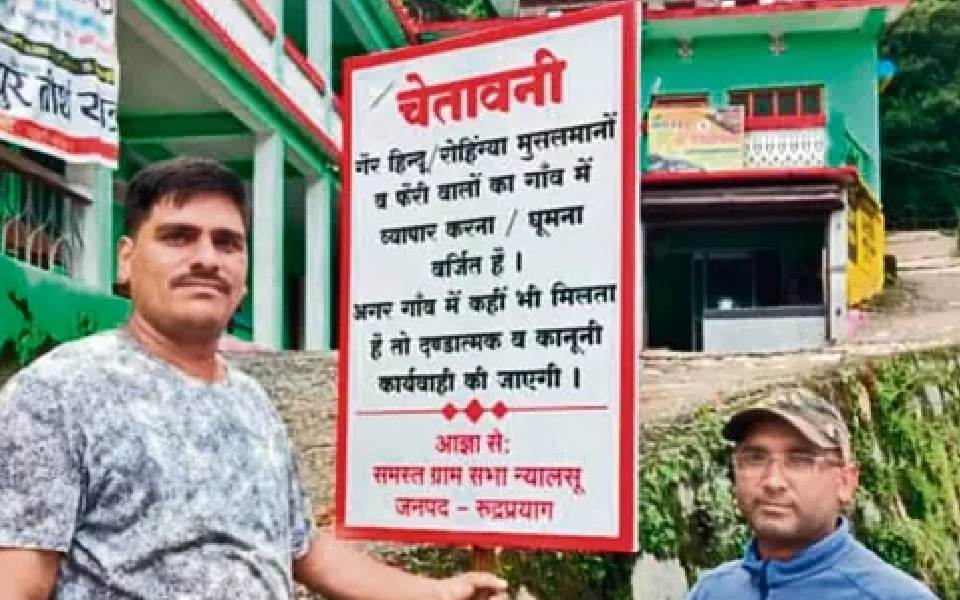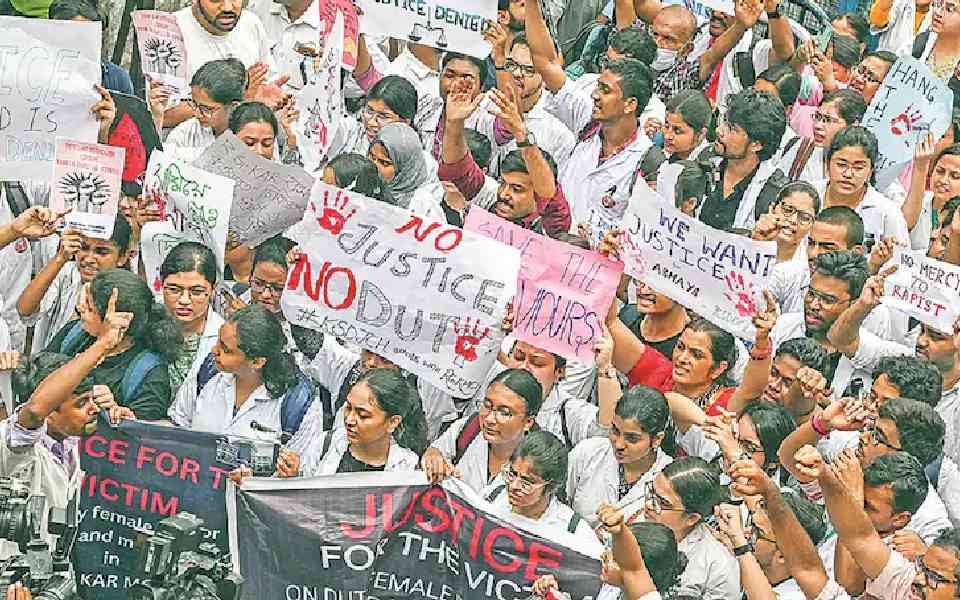New Delhi: A new study has linked hypertension, brought about by high salt intake, with emotional and cognitive dysfunction.
The study from Fujita Health University, Japan, found high salt intake to contribute to unwanted signalling between blood pressure regulation system and certain lipid molecules, thereby causing dysfunction in the brain.
Cognitive impairment has been linked to the consumption of excess table salt, a ubiquitous food seasoning. High salt (HS) intake is also known to lead to hypertension.
Angiotensin II (Ang II) is a hormone known to play a key role in regulating blood pressure and fluid balance. "AT1" is its receptor.
Previous studies have established Ang II-AT1 and the physiologically important lipid molecule prostaglandin E2 (PGE2) and its receptor "EP1" in hypertension and neurotoxicity.
However, the researchers in this study said the involvement of these systems in HS-mediated hypertension and emotional/cognitive impairment remained elusive.
This study showed how hypertension, mediated by crosstalk between Ang II-AT1 and PGE2-EP1, causes emotional and cognitive dysfunction. It is published in the British Journal of Pharmacology.
"Excessive salt intake is considered a risk factor for hypertension, cognitive dysfunction, and dementia. However, studies focusing on the interaction between the peripheral and central nervous system have not sufficiently investigated this association," said author Hisayoshi Kubota from the university's Graduate School of Health Science.
The study found in mice that the emotional and cognitive consequences were primarily caused by tau phosphorylation, or the addition of excessive phosphates to the protein "tau", a key protein implicated in the Alzheimer's disease.
In this study, the researchers loaded laboratory mice with an HS solution (2 per cent sodium chloride in drinking water) for 12 weeks and monitored their blood pressure.
"The effects of HS intake on emotional/cognitive function and tau phosphorylation were also examined in two key areas of the mouse brain - the prefrontal cortex and the hippocampus," explained Akihiro Mouri, professor at the university's School of Health Sciences.
Next, they also studied the involvement of the Ang II-AT1 and PGE2-EP1 systems in HS-induced hypertension and neuronal/behavioural impairment.
The brains of the mice were found to have undergone several biochemical alterations.
Along with tau phosphorylation, at the molecular level, the researchers also observed a decrease in the phosphate groups linked to a key enzyme called "CaMKII", a protein involved in brain signalling.
Further, they observed changes in the levels of "PSD95", a vital protein involved in organising and functioning of connections between brain cells, also known as brain synapses.
All these biochemical changes were found to reverse upon administration of the antihypertensive drug "losartan". Similar reversal was also observed after knocking out the EP1 gene, the researchers said.
The study said that these findings suggested angiotensin II-AT1 and prostaglandin E2-EP1 systems to be novel therapeutic targets for hypertension-induced dementia.
To prevent adverse health outcomes, the World Health Organization recommends limiting salt intake to less than 5 g per day.
Let the Truth be known. If you read VB and like VB, please be a VB Supporter and Help us deliver the Truth to one and all.
Surat, Sep 9: The civic authorities in Gujarat's Surat city carried out an anti-encroachment drive involving a bulldozer in Saiyedpura on Monday, hours after the locality witnessed rioting after some minors threw stones at a Ganesh pandal.
Authorities, however, were quick to clarify that the anti-encroachment drive was not linked to the violence on Sunday but was planned weeks in advance.
A bulldozer was pressed into action by the Surat Municipal Corporation (SMC) to raze illegal concrete and temporary constructions and remove handcarts of street vendors in the area.
Communal tensions gripped Saiyedpura on Sunday night after a mob of around 200-300 persons gheraoed a police station and pelted stones to protest against the detention of six minors accused of throwing stones at a Ganesh pandal.
There was heavy police deployment in the locality, from where 28 persons were arrested, and six minors were detained on charges of rioting and attempted murder after some persons, including policemen, were injured in stone pelting.
Surat deputy mayor Narendra Patil maintained that the anti-encroachment drive had been planned some two weeks ago, and it had nothing to do with the clash on Sunday night.
He said encroachment was a long-standing problem in Saiyedpura, which has a Muslim-majority population, and local corporators had complained about the same.
"The decision to remove encroachments was made in a meeting 15 days ago. Saiyedpura is worst affected by illegal encroachment, and all four local corporators requested action. They had pointed out that people had no space to walk in the locality due to encroachment," Patil told PTI.
He said coordinated action was being taken zone-wise, and action would be taken in all areas facing the encroachment problem.
Bharatiya Janata Party (BJP) leader Anil Patel justified the civic body's action in the area and said the government should ensure strict action against elements that cause rioting without provocation.





